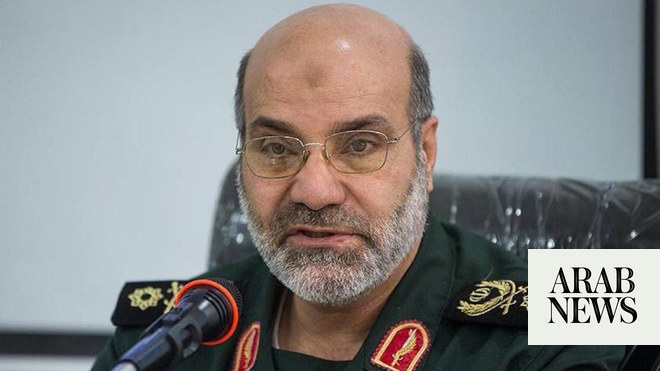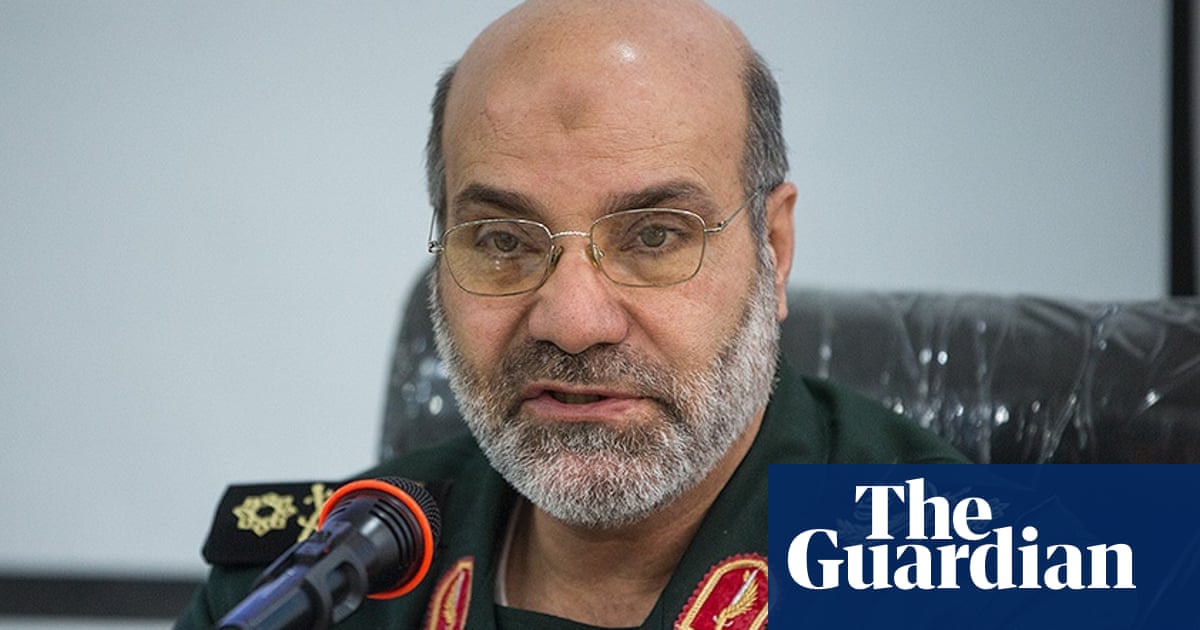
(Reuters) - Prominent Iranian military scientist Mohsen Fakhrizadeh, killed in an attack outside Tehran on Friday, was widely seen by Western intelligence as the mastermind of clandestine Iranian efforts to develop nuclear weapons.
Iran denies Fakhrizadeh was involved in any such undertaking and that it ever tried to weaponise uranium enrichment for nuclear energy. But he is widely thought to have headed what the U.N. atomic watchdog and U.S. intelligence services believe was a coordinated nuclear arms programme that was halted in 2003.
WHAT IS KNOWN ABOUT HIM?
Western officials and experts believe Fakhrizadeh played a pivotal role in past Iranian work to devise the means to assemble a nuclear warhead behind the facade of a declared civilian uranium enrichment programme.
Iran denies ever having sought to develop a nuclear weapon.
He lived in the shadows under high security and was never made available to U.N. nuclear investigators. Fakhrizadeh rarely - if ever - surfaced in public and few outside Iran know with any certainty what he looked like, let alone had met him.
He has the rare distinction of being the only Iranian scientist named in the International Atomic Energy Agency’s 2015 “final assessment” of open questions about Iran’s nuclear programme and whether it was aimed at developing a bomb.
The U.N. non-proliferation watchdog’s report said he oversaw activities “in support of a possible military dimension to (Iran’s) nuclear programme” within the so-called AMAD Plan.
A 2011 IAEA report described him as the AMAD Plan’s “Executive Officer”, a central figure in suspected Iranian work to develop technology and skills needed for atomic bombs, and suggested he may still have a role in such activity.
Israel has also described the AMAD Plan as Iran’s covert nuclear weapons programme, and says it seized a large chunk of an Iranian nuclear “archive” detailing its work.
In an April 2018 televised presentation about the archive, Israeli Prime Minister Benjamin Netanyahu named Fakhrizadeh as a leading figure in what he described as secret nuclear weapons work conducted under the guise of a civilian programme.
Citing the archive as evidence, Netanyahu said Israeli agents had retrieved the large amount of document from a site in Tehran. At the time, Iran said the documents were fake.
“Remember that name, Fakhrizadeh,” Netanyahu said, describing Fakhrizadeh as the head of AMAD. Netanyahu said that after AMAD was shut down Fakhrizadeh continued working at an agency within Iran’s Defence Ministry on “special projects”.
In 2018 Israeli broadcaster Kan carried an interview with former Prime Minister Ehud Olmert in which he hinted Fakhrizadeh could be a target. “I know Fakhrizadeh well. He doesn’t know how well I know him. If I met him in the streets most likely I would recognise him,” he said.
“He does not have immunity, he did not have immunity, and I don’t think he will have immunity.”
WHAT DOES IRAN SAY?
Iran’s Defence Ministry on Friday identified Fakhrizadeh as Head of Research and Innovation Organization at the ministry. He was also believed to be a senior officer in the elite Revolutionary Guards.
The IAEA long wanted to query Fakhrizadeh as part of a protracted investigation into whether Iran carried out illicit nuclear weapons research.
Iran acknowledged Fakhrizadeh’s existence several years ago but said he was an army officer not involved in the nuclear programme, according to a diplomatic source with knowledge of the matter.
The assassinations of four Iranian scientists associated with the nuclear programme between 2010 and 2012 may have stiffened Tehran’s resolve not to give the IAEA access to Fakhrizadeh - for fear this could lead to information about him and his whereabouts leaking. Iran accused its arch-adversaries the United States and Israel of being behind the killings.
Fakhrizadeh was also believed to have been involved in Iran’s ballistic missile development, and an Iranian source told Reuters he was considered as the father of that programme.
He was named in a 2007 U.N. resolution on Iran as a person involved in nuclear or ballistic missile activities.
WHAT IS KNOWN ABOUT HIS BACKGROUND?
In May 2011, the exiled opposition group National Council of Resistance of Iran (NCRI) issued a report with what it said was a photograph of Fakhrizadeh, with dark hair and beard stubble. It was not possible to independently verify the picture.
The NCRI said in the report that Fakhrizadeh was born in 1958 in the Shi’ite Muslim holy city of Qom, was a deputy defence minister and a Revolutionary Guards brigadier-general, held a nuclear engineering doctorate and taught at Iran’s University of Imam Hussein.
A high-ranking Iranian source described Fakhrizadeh to Reuters in 2014 as “an asset and an expert” dedicated to Iran’s technological progress and enjoying the full support of Iranian Supreme Leader Ayatollah Ali Khamenei.
The source added that Fakhrizadeh had three passports and travelled a lot, including in Asia, to obtain “the latest information” from abroad, but would not elaborate. Western security sources say Iran was long adept in obtaining nuclear materials and know-how from the international black market.
With reporting by Francois Murphy in Vienna, Parisa Hafezi in Dubai, Stephen Farrell, Ari Rabinovich and Dan Williams in Jerusalem, Editing by William Maclean and Mark Heinrich












